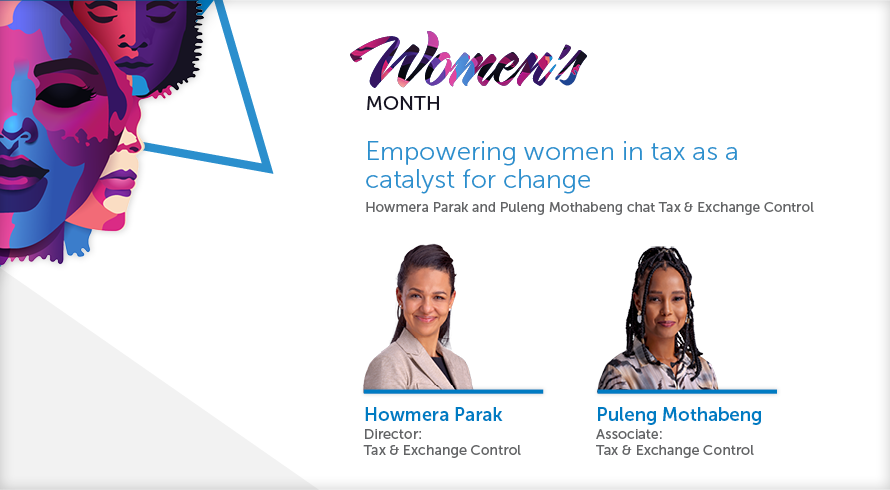South Africa’s energy crisis: Key points from SONA
At a glance
- The electricity crisis in South Africa, characterized by extreme loadshedding, has had severe consequences for the economy, hindering industrialization and posing challenges for the Just Energy Transition.
- President Cyril Ramaphosa announced interventions to address the crisis, including declaring a national state of disaster and appointing a Minister of Electricity. The declaration and the role of the new minister are subject to debate and potential legal challenges.
- The establishment of the national transmission company (NTC) and the Electricity Regulation Amendment Bill aim to improve the electricity sector by promoting competition and facilitating the development of transmission and distribution infrastructure. The effectiveness of these interventions in reducing loadshedding and promoting renewable energy remains to be seen.
Without reliable, consistent and cheap electricity for industrial, business and residential use, South Africans face a very difficult future and South Africa’s ambition to re-industrialise as part of the Just Energy Transition has been made even more challenging. In addition to the unavailability of sufficient electricity generation capacity, we now also have serious grid constraints – especially in regions such as the Northern Cape, Eastern Cape and Western Cape, which have ideal conditions for the generation of electricity from renewable resources.
During the 2023 State of the Nation Address (SONA) President Cyril Ramaphosa announced some of the new and refined interventions aimed at dealing with the electricity crisis. These included two controversial announcements.
First, the declaration of a national state of disaster to respond to the electricity crisis in the country and to prevent a total black out from occurring. Similar to during the COVID-19 pandemic, the national state of disaster over loadshedding was declared in accordance with section 27 of the Disaster Management Act 57 of 2002 (DMA). This follows the “impact of severe electricity supply constraint” being classified as a national disaster by the National Disaster Management Centre in accordance with section 23(3) of the DMA. It is debatable whether there was a need to declare a state of disaster for a man-made electricity crisis, and it seems this declaration may well be challenged on several grounds, including:
- Whether it is a “disaster” as contemplated by the DMA. On the face of it, there appears to be scope to contend that the current electricity crisis could fall within the wide definition of “disaster” in the DMA. However, it remains debatable.
- Whether the decision to declare the state of disaster for the energy crises was necessary, reasonable or lawful. For a disaster that has been self-created and inflicted by Government on the people, the question is rightfully whether such declaration can be deemed “necessary, reasonable or lawful” under the circumstances to subject South Africans to another state of disaster with the potential for irrational and ambiguous regulations to be promulgated that actually exacerbate the problem. The biggest concern is the measures that will be implemented relating to the release of emergency funding from the national fiscus and the regulations around procurement of electricity generation capacity, including the purchasing of fuel (i.e. diesel and gas) for Eskom power stations.
- Whether the objectives of this decision could not have been achieved through existing legislation, as has previously been done, albeit unsuccessfully. On the face of it, it is unclear what practical measures would be provided to businesses that cannot be implemented through existing legislation such as the emergency procurement of the Risk Mitigation Independent Power Producers Procurement Programme, or utilising or streamlining the provision of the Infrastructure Development Act 23 of 2014. Unless there are other special circumstances that exist that warrant the energy crises being declared a national state of disaster, the declaration is susceptible to judicial challenge on whether it is lawful or reasonable as it is not necessary a given that the energy crisis cannot be dealt with in terms of existing legislation.
Second, the new position for a Minister of Electricity, whose role is to assume full responsibility for overseeing all aspects of the electricity crisis response, as well as taking on the responsibility of the National Energy Crisis Committee. It has not been clearly articulated how this new ministerial position will be able to assist in eradicating the loadshedding problem. The new minister also has no authority or function within any of the existing legislation dealing with electricity, as all those functions sit with the Minister of Mineral Resources and Energy – unless the intention is to change that in the coming weeks.
In addition, the national transmission company (NTC) that was forged as part of the restructuring of Eskom will become operational in the coming months. This also speaks to the Electricity Regulation Amendment Bill (ERA Bill), which is set to be tabled later this year to establish the NTC. The ERA Bill was published for comment on 10 February 2022 and provides for the establishment of the NTC with the aim of providing an open market that will allow for a non-discriminatory competitive electricity trading platform.
Whether the new or refined interventions will assist in streamlining new generation capacity to substantially contribute to the lessening of loadshedding and the development of transmission and distribution infrastructure will need to be seen. Some of the interventions are a move in the right direction, as the end result will be an electricity sector that is more open to embedded power producers and independent power producers.
The information and material published on this website is provided for general purposes only and does not constitute legal advice. We make every effort to ensure that the content is updated regularly and to offer the most current and accurate information. Please consult one of our lawyers on any specific legal problem or matter. We accept no responsibility for any loss or damage, whether direct or consequential, which may arise from reliance on the information contained in these pages. Please refer to our full terms and conditions. Copyright © 2025 Cliffe Dekker Hofmeyr. All rights reserved. For permission to reproduce an article or publication, please contact us cliffedekkerhofmeyr@cdhlegal.com.
Subscribe
We support our clients’ strategic and operational needs by offering innovative, integrated and high quality thought leadership. To stay up to date on the latest legal developments that may potentially impact your business, subscribe to our alerts, seminar and webinar invitations.
Subscribe




